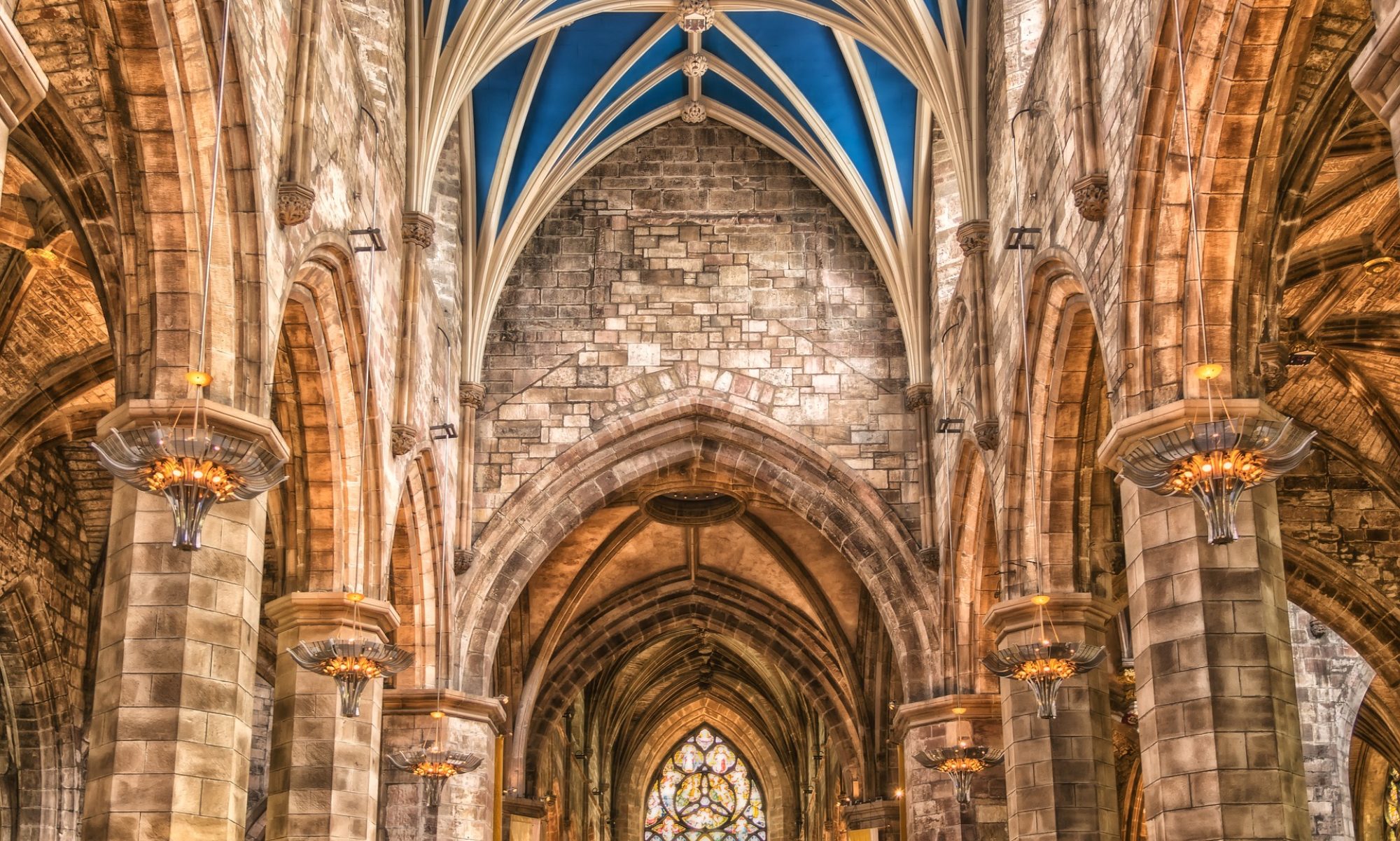May 16th, 2014
Francis’ Marian devotion is one of the defining marks of his spirituality. From his very first acts as Pope to his daily speeches and practices, traditional Marian theology is basic to his Catholic worldview. To evangelical ears his language may at times seem Christ-centered and mission-oriented, but these apparent gospel emphases are always organically related to a strong Marianism that envelops the Pope’s religious narrative and experience. The latest example of his profound Marianism occurred in a meeting with the seminarians in Rome on May 13th. In answering their questions on various topics, the Pope made some interesting comments on the Marian framework that undergirds his theology of the Christian life.
Under the Mantle of the Holy Mother of God
Commenting on the need for vigilance in times of personal turmoil, Francis evokes the counsel of the Russian Fathers to run “under the mantle of the Holy Mother of God”. This Marian protection – the Pope recalls – is also part of the liturgy whereby the faithful declare to find refuge under the “presidium” (haven) of Mary: “sub tuum presidium confugimus, Sancta Dei Genitrix”. So, for a priest not to pray to Mary in times of difficulty is for him to be like an “orphan”. When in trouble the first thing a child does is look for his mother, so too should it happen in the spiritual realm. The mediatorial work of Jesus Christ and his total understanding of our needs (the whole point of Hebrews 1-2 and 4:14-16) is here totally overlooked and is instead subsumed under the protection of Mary who is the caring mother of those seeking help. Whereas the Psalmist can cry “For God alone, o my soul, wait in silence, for my hope is from Him” (Psalm 62:8), Francis’ advice is to seek the “mantle” of Mary.
The Pope then goes on to underline the link between the motherhood of Mary and the motherhood of the Church. According to him, those who have a “good relationship” with Mary will be helped to have a “good relationship” with the Church and even with their own souls. All three have a “feminine element” which connects them in a transitive and motherly way. Again there is strong emphasis on motherhood that runs through the Mariological worldview. Those who do not have a good relationship with Mary (assuming that this means praying to her, trusting her and seeking her help) are like “orphans”. The Bible, however, teaches that a good relationship with the Church is made possible only through the head of the Church, that is Jesus Christ, and this comes through the Holy Spirit (1 Corinthians 12). Francis, on the other hand, has a “motherly” way of getting that relationship right.
Either Mother or Mother-in-Law!
At this point the Pope recalls an episode that happened to him while visiting a family in Northern Europe thirty years ago. The members of the family were practicing Catholics and full of enthusiasm for Christ (perhaps influenced by the Protestant culture of their region?). In a conversation they said: “We have discovered Christ and – thank God – we have passed the stage of Madonna. We don’t need her any longer”. “No”, replied the saddened Bergoglio: “This is not a mature faith. Forgetting the mother is always a bad thing, not a sign of maturity”. Again, the question arises: is finding Christ and him alone a step towards or away from Christian maturity?
The last comment concerning this question seems more like a humorous joke. In wrapping up his Marian reflection, Francis concludes by saying “If you don’t want Mary as a mother, she will become your mother-in-law!” An intriguing way of further expanding the motherhood metaphor in non biblical directions.
The point is that pope Francis believes that a Mariologically-free or even Mariologically-light faith is an orphan-like and immature faith. The real question is whether or not a Christ-centered and mission-oriented faith should focus on Christ instead of intermingling the Gospel with various motherhood ideas that obscure it.
